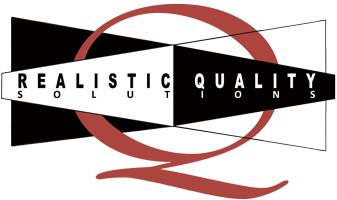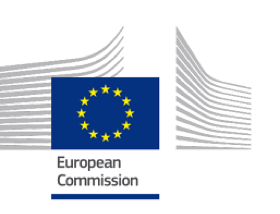Are you prepared for the new European Union MDR Regulations?
Manufacturers will need to understand the requirements of the newly released EU MDR Regulation and plan for updating their product portfolios from MDD Certificates to the NEW MDR Certificate.
How can RQS help?
- RQS can help you understand the EU MDR Regulation and how it will affect you.
- Assist you with gap assessments and analysis to understand the impact & challenges facing you.
- Work with you and your notified body or help select a notified body to obtain new MDR Certificates.
- Help you schedule and plan updates for your product portfolio and make the transition.
- Help you to complete the transition sooner rather than later.
What can you do?
- Plan Ahead – In order to figure out where you stand overall, you need to know where you are at present and where you need to get to. You should initiate a plan to assess all of your current CE marked devices relative to the new MDR guidelines.
- Comprehensive Review – First, Understand with the new EU MDR approach, there will be no grandfathering of legacy or pre-MDR devices. Second, this means that by the end of the transition process, every CE marked device must by fully compliant with the new EU MDR. Lastly, you are responsible for ensuring all of your products will meet all the general safety and performance requirements described in Annex I, so it is important to identify potential and known deficiencies.
- Invest – Time & Resources – Don’t waste time thinking you’ll get to it! Time is the most challenging aspect of the transition to the new requirements but this will pass by quickly because there is a lot to do. Conduct gap assessments and analyses of what is needed, establish priorities based on product mix, outline your plan and qualify your resources with an understanding of the new EU MDR.
- Do A Pilot – Select a product that is small and easy to do that is not critical at present. Compile the data and documentation for the product based on what new data will be needed. (Understand the different classification levels and different technologies). Work with your Notified Body to evaluate to gain a consistent interpretation of what is considered acceptable under the new expectations and what they will be expecting, looking for.
- Adopt Now – During the transition period (May 2017–May 2020), for devices requiring certification, you can choose to comply with either the current MDD requirements or the new MDR. For those choosing the old MDD, there will be up to four years’ additional transition time after the MDR date of full application in May 2020 when these legacy products may continue to be sold on the EU market. However, since all products eventually must comply with the MDR, and any changes to pre-MDR products after full application of the MDR negate MDD compliance, being prepared for full MDR compliance during the transition is highly advisable to avoid unnecessary issues and challenges.
- Reclassify Where Necessary – you should become thoroughly familiar with the classification changes and determine whether they will have any impact on your devices. For those that are reclassified, there will be additional learning, documentation, and additional gaps to be address. These newly classified products will need more significant Notified Body review, which will demand additional time and resources to prepare the necessary additional conformity
What are some of the changes?
- The new EU MDR regulations combines medical devices and active implantable medical devices into one document.
- The new EU MDR attempts to make more transparent the time frames for review by various groups for different activities.
- The new EU MDR establishes a new regulatory body called the Medical Device Coordination Group (MDCG). The objective of the MDCG would be to establish/improve cooperation between the Member States while at the same time increasing the Commission’s power to act as needed in specific cases.
- Qualification requirements for auditing and reviewing the various Notified Bodies will be greatly increased.
- Similar to the FDA, the EU MDR regulation promotes a shift from the pre-approval stage to a life-cycle approach.
- Significant emphasis will be placed on clinical data on Clinical Evaluation having impact on all classes of devices.
- The definition of medical devices has been updated to include products for cleaning, disinfection or sterilization
- The definition of accessory is expanded to “assist” and not just “enable” [a device to be used]. Thus, the list/use of products which could be classified as accessories to medical devices has been increased.
- Responsibilities for the Authorized Representative (AR), the distributor, the dealer, and the importer are expanded upon.
- Also new, is the person responsible for regulatory compliance has been introduced? This highly educated and experienced person is intended to safeguard the regulatory compliance within the manufacturer or distributor or authorized representative, or where he is working.
- Reprocessing of single-use devices is handled in Article 15.


